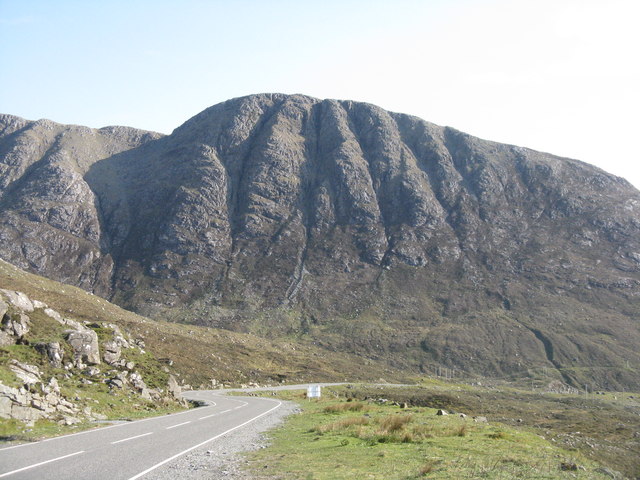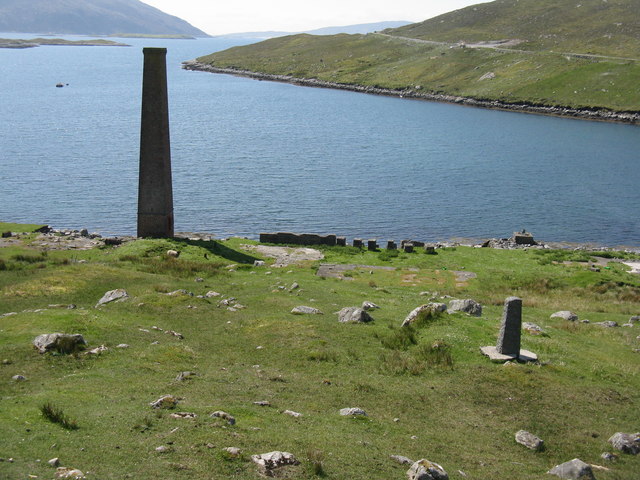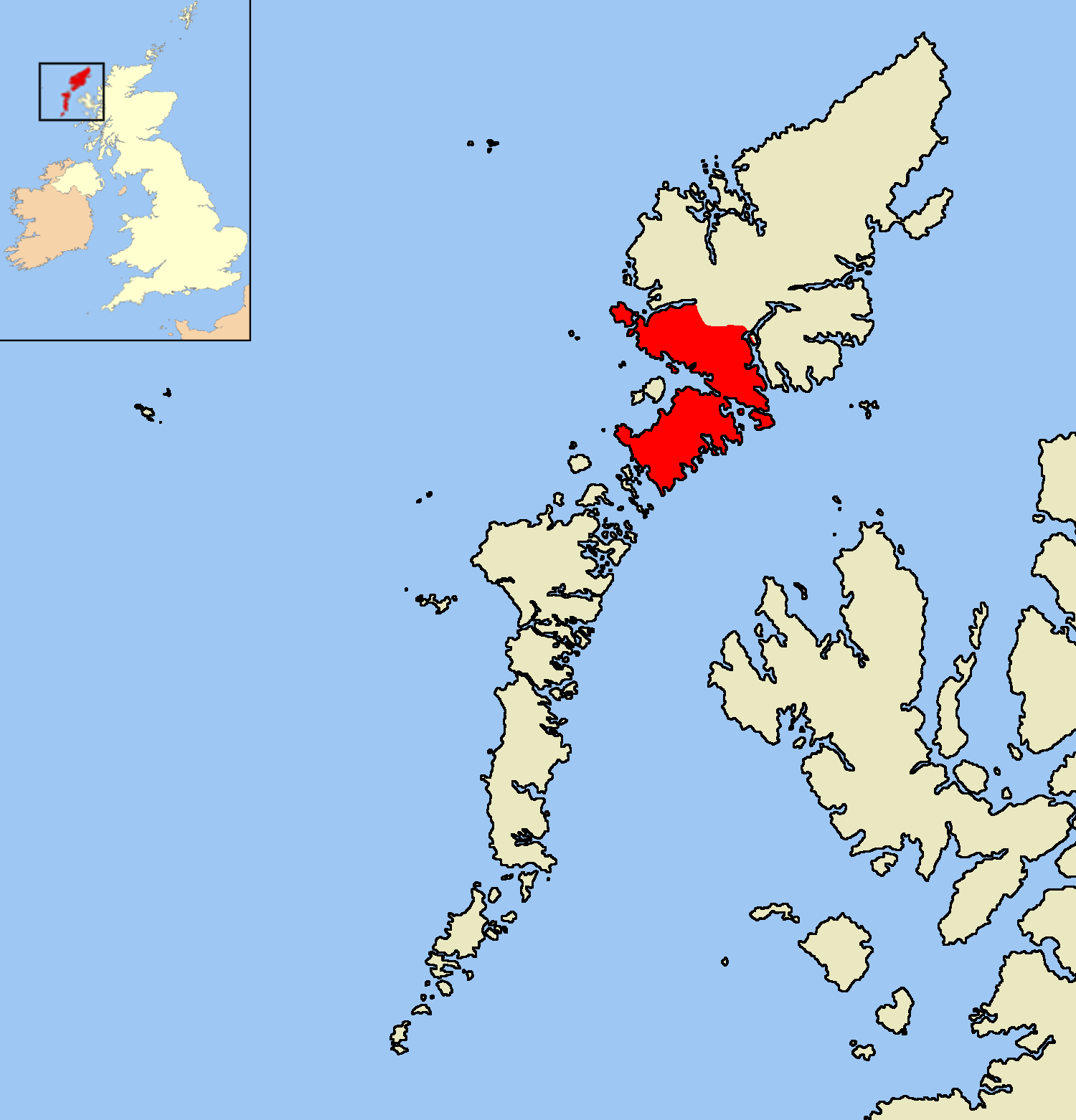Sròn a' Sgaoth
Landscape Feature in Inverness-shire
Scotland
Sròn a' Sgaoth
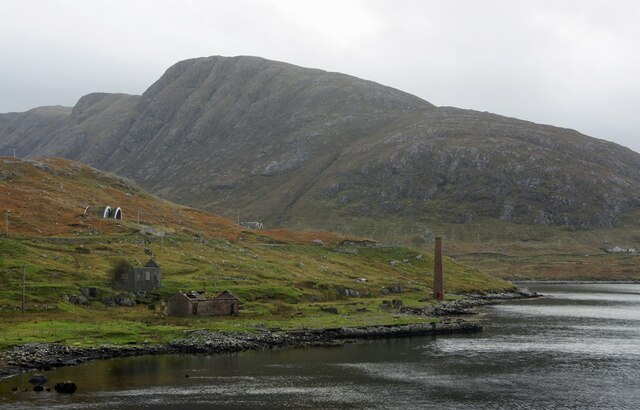
Sròn a' Sgaoth is a prominent landscape feature located in Inverness-shire, Scotland. Situated in the western part of the county, it is characterized by its rugged and majestic appearance. The name Sròn a' Sgaoth translates to "nose of the wind" in English, which aptly describes the exposed and windswept nature of the area.
This landscape feature is a prominent rocky ridge that rises sharply from the surrounding terrain. It is primarily composed of ancient and weathered sandstone, giving it a distinctive reddish-brown hue. The ridge stretches for several kilometers, offering breathtaking panoramic views of the surrounding countryside.
The terrain of Sròn a' Sgaoth is undulating and dotted with numerous crags and outcrops, which provide a haven for wildlife. The area is home to a variety of bird species, including golden eagles and peregrine falcons, which can often be observed soaring above the ridge. Additionally, the heather-covered slopes provide a habitat for deer, as well as a variety of smaller mammals and plant species.
Hiking and mountaineering enthusiasts are drawn to Sròn a' Sgaoth due to its challenging and rewarding nature. Several established trails and paths traverse the ridge, allowing visitors to explore its rugged beauty. The exposed nature of the landscape also makes it a popular spot for paragliding and other outdoor activities.
Overall, Sròn a' Sgaoth is a remarkable landscape feature in Inverness-shire, offering visitors a chance to immerse themselves in the wild and untamed beauty of the Scottish Highlands.
If you have any feedback on the listing, please let us know in the comments section below.
Sròn a' Sgaoth Images
Images are sourced within 2km of 57.93415/-6.8168145 or Grid Reference NB1404. Thanks to Geograph Open Source API. All images are credited.

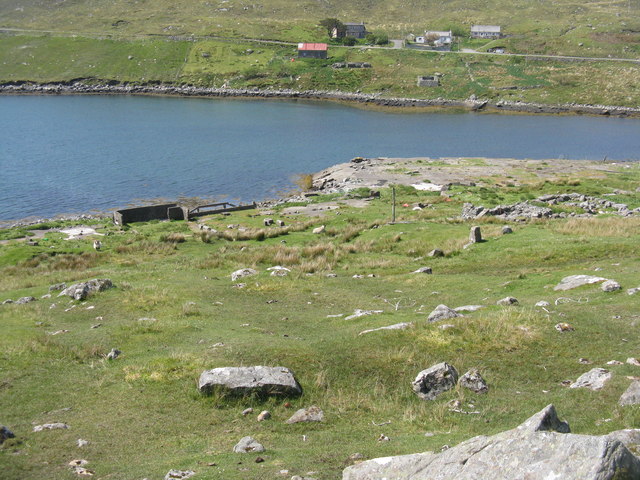
Sròn a' Sgaoth is located at Grid Ref: NB1404 (Lat: 57.93415, Lng: -6.8168145)
Unitary Authority: Na h-Eileanan an Iar
Police Authority: Highlands and Islands
What 3 Words
///bond.inserted.piglets. Near Tarbert, Na h-Eileanan Siar
Nearby Locations
Related Wikis
Bun Abhainn Eadarra
Bun Abhainn Eadarra or Bunavoneadar is a hamlet adjacent to the Loch Bun Abhainn Eadarra, on the south shore of North Harris, in the Outer Hebrides, Scotland...
Ardhasaig
Ardhasaig (Scottish Gaelic: Àird Àsaig) is a settlement on the western coast of north Harris, in the Outer Hebrides, Scotland. Ardhasaig is also within...
Harris, Outer Hebrides
Harris (Scottish Gaelic: Na Hearadh, pronounced [nə ˈhɛɾəɣ] ) is the southern and more mountainous part of Lewis and Harris, the largest island in the...
Tarbert, Harris
Tarbert (Scottish Gaelic: An Tairbeart [ən̪ˠ ˈt̪ɛrʲɛbərˠʃt̪]) is the main community on Harris in the Western Isles of Scotland. The name means "isthmus...
Have you been to Sròn a' Sgaoth?
Leave your review of Sròn a' Sgaoth below (or comments, questions and feedback).
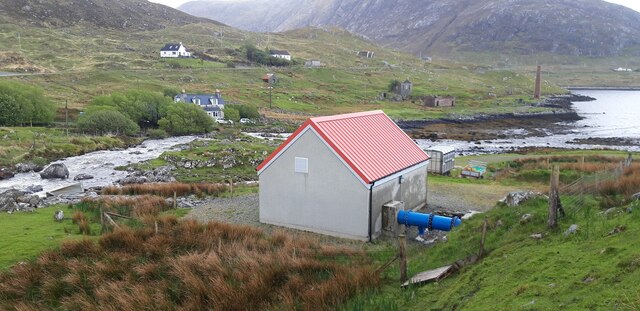
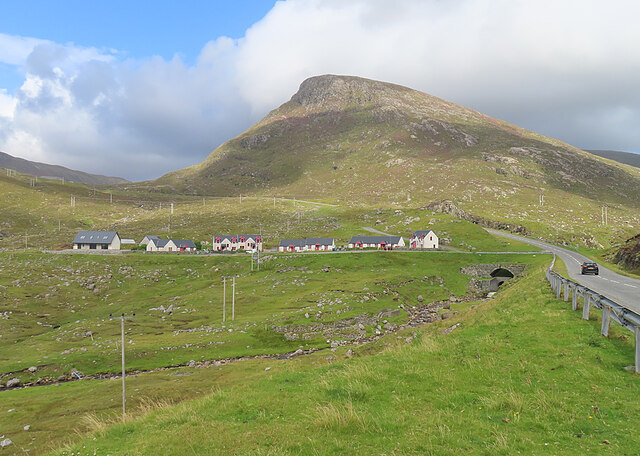
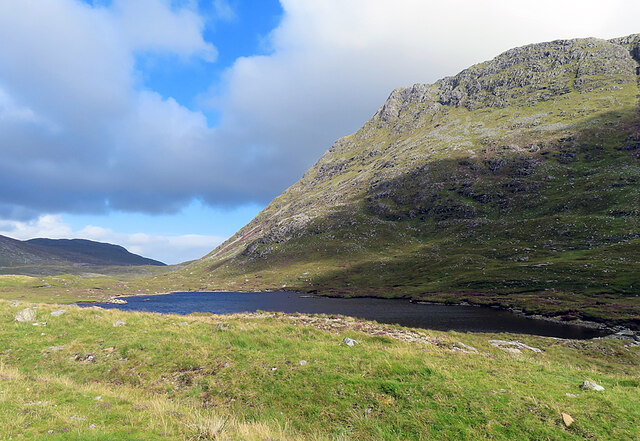

![The A859 on Harris Looking north to the bridges [old and new] over Abhainn Ceann an Ora and, on the left, the entrance to a quarry.](https://s1.geograph.org.uk/geophotos/04/98/86/4988621_9a31284e.jpg)
